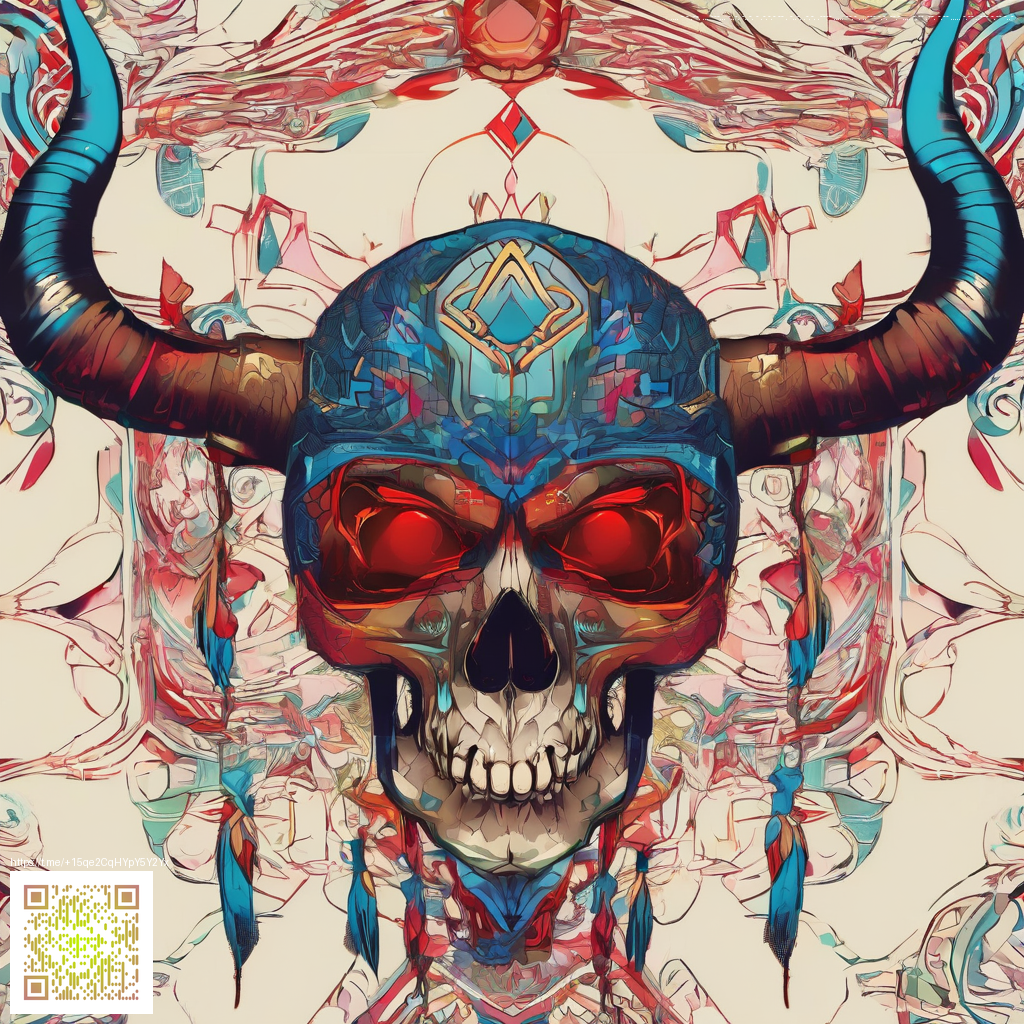
Using Brown Glazed Terracotta in Jungle Builds
Brown glazed terracotta brings a warm earthy glow to jungle districts and temple style builds. The glaze adds color depth while maintaining a sturdy block profile that fits neatly with vines, bamboo, and dense foliage. Unlike plain terracotta, this block carries a subtle sheen when light catches its facets, which helps accent panels without shouting. Its non transparent nature keeps interiors and hidden passages feeling cohesive in a living green world. 🧱🌿
Block traits at a glance
Brown glazed terracotta is a durable decorative block with a modest hardness that rewards careful placement. It does not emit light and it blocks light as ordinary solid blocks do, so it helps shape lighting in your jungle builds. The block is directional, featuring a facing state with four orientations north south east and west. When you place it, you can rotate the pattern to suit wall or floor design. The drop for when it is mined is a brown glazed terracotta item, so breaking and replacing it is straightforward for large scale builds. This combination of color and rotation opens up a lot of mosaic style options for jungle temples, huts, and header walls. 🌲
Design ideas for jungle temples and living spaces
- Create tiled floors that mimic earthen clay paths by alternating brown glazed terracotta with sand or stone brick. The result feels aged yet alive in a jungle setting.
- Build temple walls with vertical bands of brown glaze framed by dark oak or jungle wood. Narrow strips of glowstone or lanterns between blocks help the glaze pop at night.
- Use brown glazed terracotta as petal like motifs on archways. A simple checkered or diagonal pattern can echo carved wood details without heavy cost.
- Mosaic windows or shoji inspired panels can be simulated with glazed blocks placed in a staggered grid. Pair with bamboo and leaves for a soft but structural look.
Placement tips to master the facing state
The facing property lets you tailor the block orientation to your composition. For jungle temples that lean toward symmetry, place blocks so the facing aligns with central corridors or axis lines. When you want a rougher, organic vibe, mix orientations to create subtle textures along walls. Plan a few long wall seams where the glaze runs in a single direction to emphasize horizontal lines in a skyline of trees. This approach helps the build read clearly from a distance and feel cohesive up close. 🧭
Pairing Brown glaze with jungle materials
Brown glazed terracotta pairs well with the bold greens of jungle leaves and the warm tones of jungle logs. Here are a few practical pairing tips. Start with a base of jungle wood for a natural frame, then add brown glaze in vertical or horizontal ribbons to suggest carved stonework rather than painted plaster. Leaf blocks and mossy stone bricks can soften the edges, while sandstone accents can brighten the palette on sunlit platforms. The key is balance between the glaze brightness and the jungle depth around it.
Brown glaze brings a composed warmth to wild spaces and helps your jungle builds feel intentional rather than accidental.
Update context and construction realism
Glazed terracotta emerged during the World of Color update era and has since become a staple for color blocking and intricate patterns. The brown variant is especially useful for earthy palette builds that aim for a temple style without resorting to gray stonework. In jungle builds this block shines when you want structure with a touch of ancient craft. Remember to test lighting during different times of day to ensure the glaze reads well in shade and sunlight alike. 🕯️
Technical tricks for advanced builders
- Use the facing property to create repeating grooves that resemble carved wood grain or carved stone bands across a long wall.
- In large floors, alternate brown glaze with lighter terracotta to create a heat map feel that guides players through a jungle temple route.
- Combine brown glaze with polished andesite or dark oak to achieve a layered look that remains readable under dense canopy lighting.
- For elevated walkways, place brown glaze on the underside faces of blocks to catch shifting light as you move along a balcony or bridge.
Practical building tips for beginners
Start with small projects such as a garden wall or a balcony. Experiment with different facing directions to see how the patterns shift when you walk around the structure. When you feel confident, scale up to temple entrances or decorative columns along a jungle path. Don’t be afraid to mix in other brown or earthy blocks to keep the palette grounded and cohesive. Small batches of brown glaze, tried and tested on a test wall, help you avoid big rework later on.
With patience and a bit of color theory, brown glazed terracotta becomes a reliable tool in your jungle build kit. It is easy to stock, simple to rotate, and it textures beautifully with natural materials. The result is architecture that feels both ancient and newly minted, a bridge between wilderness and craft. 🧱💎🌲
Support Our Minecraft Projects